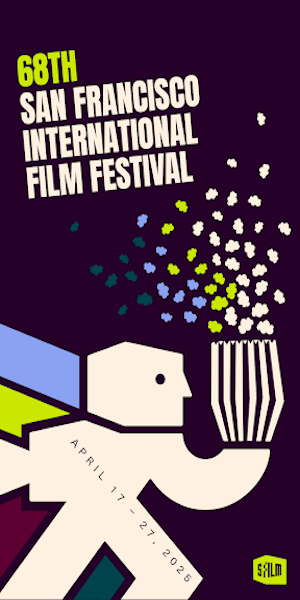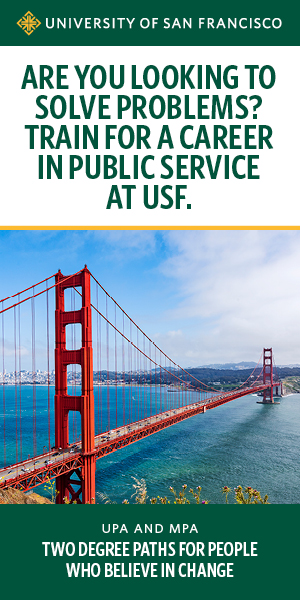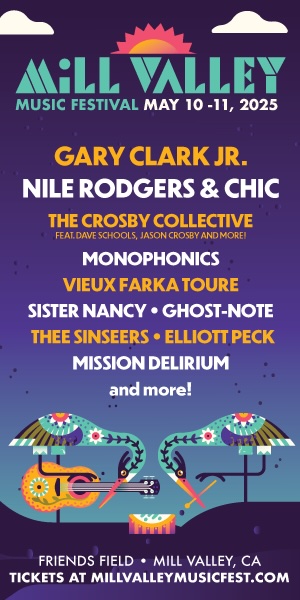Bay Area Society of Art and Activism “Collective Memory” project archives alternative history — and wants you to contribute.
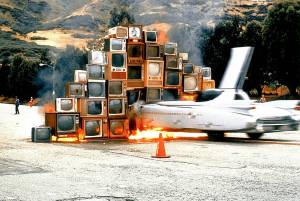
ART LOOKS How to put this delicately. It could be that the pop-up #BlackLivesMatter silk screening studio, the LGBT film noir appreciation society, the Marxist-leaning soccer league for single moms, the secret underground yarn-bombing society — all those things that make the Bay Area so politically and culturally vibrant, well, they may not be around forever. Consider the number of your favorite art and activism spaces that have shuttered or collectives that migrated to lower rents in the last few years alone. What will the centers of cultural resistance look like in San Francisco and Oakland in 10, 20 years?
We’re hoping there will still be plenty of new ones. (Please get on that right away.) But right now, down SOMArts Cultural Center, you can witness “Making a Scene,” the center’s current visual arts presentation documenting the past 50 years of art and activism collectives in the Bay Area, proof positive of our creative resilience. The inspiring show includes reasonably well-known endeavors (Ant Farm, porn star Annie Sprinkle and Elizabeth Stephens’ “Ecosexuals” project) to colorful mini-histories of spaces like Galeria de la Raza and CELLSpace and collective efforts like ArtSpan’s Open Studios.
But more than just an art show about the past, “Making a Scene” is “a direct call-to-action that invites the Bay Area to contribute to the collective memory of the region’s spaces” — the curators want you to contribute your memories, artifacts, and photos of the activist spaces and art movements you’ve experienced here, via the Bay Area Society of Art and Activism’s History Collection Lab. The project is called “Collective Memory,” and it proposes nothing less than building an entire history of Bay Area activism, with your help.

48 Hills reached out to the Art and Activism History Collection Lab’s volunteer coordinator, Elizabeth Travelslight for more info on the archives, which were started about a year ago and can be viewed from anywhere in the world. “The whole impetus behind the project comes from my and others’ experience teaching kids art in like five Bay Area counties,” Travelslight told us. “I took a lot of approaches in my teaching, but I learned that kids really love to learn about the art around them.”
And all the better if it’s weird art. “They think it’s really beautiful when you’re like, you guys know the Cow Palace? and they’re like yeah, everyone knows the Cow Palace. And then you go, in 1975 in the Cow Palace a bunch of people stacked up some televisions, lit them on fire and drove a car through them [“Media Burn” by Ant Farm, the video documentation and local news coverage of which is featured in “Making a Scene”]. Stories about local art and activism are really meaningful to newer generations of art and activists.”
So far the lab has received, or is in talks to receive, everything from CellSPACE’s ’90s web archives, a master thesis on Measure U (the ’70s city ballot measure that brought us rent control), back issues of a black arts magazine, and more. You can bring your things to be loaded into the archives on Wednesdays and Fridays from 10am-2pm to SOMArts until August 19, or scan your pieces into history from home via the A&A databases. Current projects are welcome. Check out this interview with the East Bay’s WOC-run Malidoma Collective for a sense of the stuff that Art and Activism is hoping to record for posterity, in addition to printed matter. Travelslight clarified that hacker spaces and other tech-related collectives are welcome, “I come out of media and technology so spaces that are based around coding, I find those spaces radical,” she said. “If someone identifies with having an artist, activist space then great.”
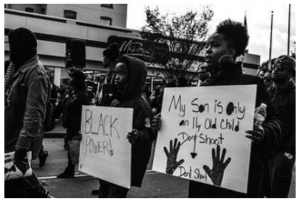
Of course, if you needed more proof of why the gathering of citizens important to document — besides the rapid rate at which our radical arts institutions are shuttering in the face of rising rents — one need only look to SOMArts’ current exhibition. “Making a Scene” is a sweeping view of radical collectives that have been, or are, a part of the Bay Area fabric. The National Endowment for the Arts-sponsored show features over 20 collectives and work from 30+ Bay artists. Emory Douglas’ poster work for the Black Panthers is on display, as is Sunshine Velasco’s photographs documenting radical protests like Oakland’s Million Man March. The Bay Area Video Coalition built a temporary studio visitors can use to record their thoughts on the exhibit, or to just wile out in front of a camera.
This is what community art centers were made for, to encourage everyday people to see the art and worth of how they spend their days. “We get a lot of people saying they have things that they want to share, but this process is time consuming,” said Travelslight. Make time — the next generation’s want to know what brought you together.
MAKING A SCENE: 50 YEARS OF ALTERNATIVE BAY AREA SPACES
Through Aug. 20
SOMArts Cultural Center
More information here.




